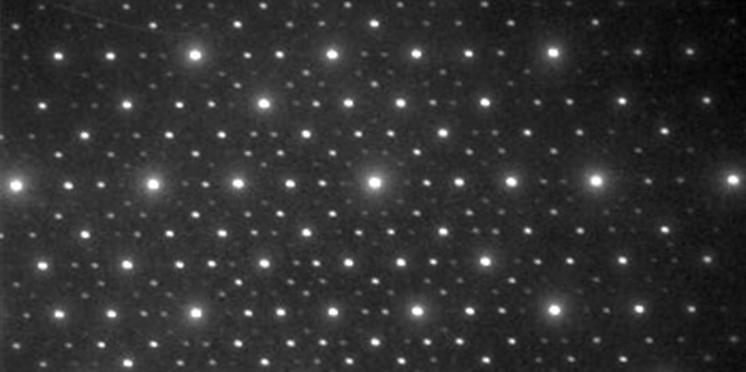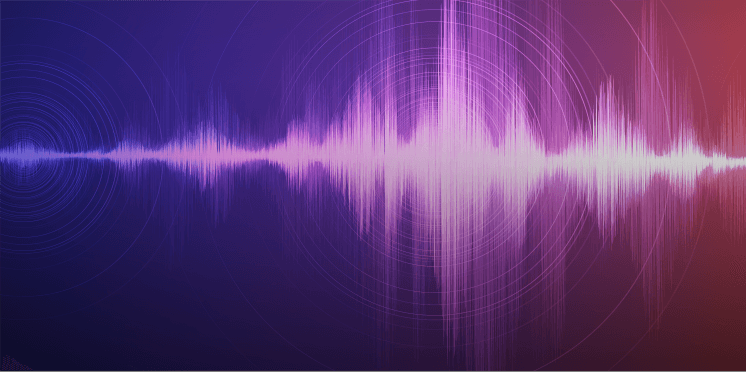電磁波
電磁波
electromagnetic wave
[目次:理論(電子の散乱/回折/結像)]
互いに垂直の方向を向いた電場と磁場が一体となった「場」である電磁場が、相関を保って周期的に変化しながら、空中(空間)を光の速度(秒速30万km)で伝わっていく波のこと。電磁波の中でいちばん波長が長いのが電波であり、以下波長の短くなっていく順に、赤外線、可視光線、紫外線、X線、ガンマ線と続く。
An "electromagnetic wave" is a wave, which consists of an oscillating electric and magnetic fields perpendicular to each other, to the propagation direction. The wave travels in a space at the velocity of light (300,000 km/s). If we list electromagnetic waves in order of wavelength, radio waves have the longest wavelength, followed by infrared rays, visible light rays, ultra-violet rays, X-rays, and gamma rays.
説明に「電磁波」が含まれている用語






